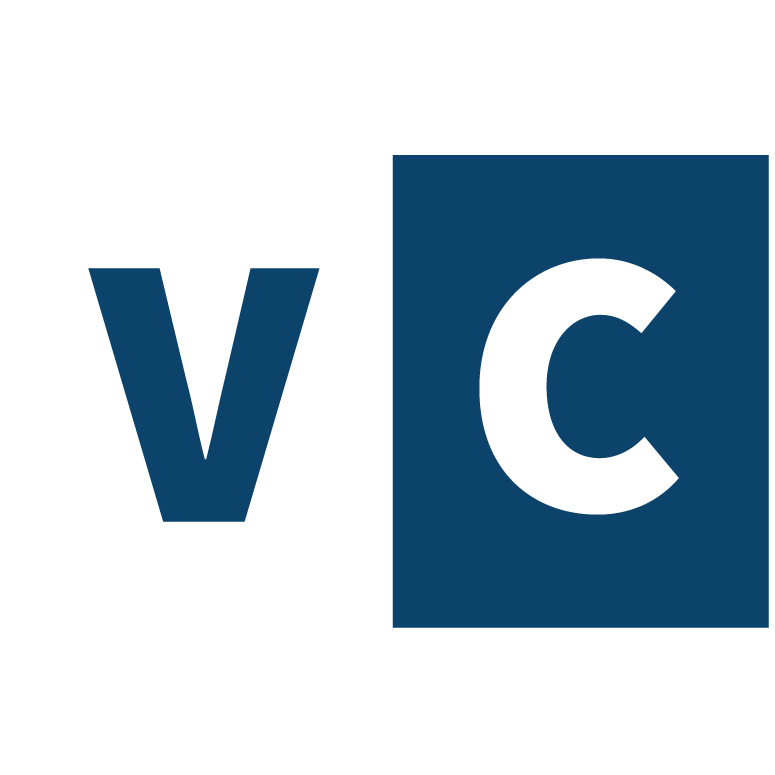202. Murray Sabrin: Financing Health Care

Entrepreneurial business solutions can lead to better outcomes in every economic endeavor. In the field of medical care, entrepreneurship has been hampered by non-market arrangements. There’s some sense of an emerging trend towards better choices for users, a trend that we discuss with economist Dr. Murray Sabrin.
Knowledge Capsule
All systems evolve. The current system of medical care uncoupled from private markets evolved in ways that result in higher costs and poorer outcomes.
Our economy — and the economic experience of all of us as individuals — would be improved (i.e., greater customer value would be experienced) if we could lighten the burdensome weight of government regulation and its consequent effects on the system of medical care and medical insurance.
Our homeowners insurance, our automobile insurance and our life insurance are market products that give us the experience of seeking information and making informed choices based on pricing and perceived benefits. Medical insurance has evolved differently — it’s tied to work and puts us in a medical system where prices and choices are opaque and highly constrained. The associated costs are a great burden on the economy, and they result in diversions of productive investment from better uses.
The evolution of employment-linked healthcare began in dangerous industries like forestry logging, when employers introduced on—site medical care to treat on-the-job accidents — employers understood the mutual benefit of a healthy workforce. During and after World War II, the incentives for employers shifted: wage controls prevented them from attracting workers with higher pay, and so they introduced the benefit of tax-free healthcare benefits. An industry linking employment and medical care grew by leaps and bounds.
Today, both employers and employees are beginning to understand the drawbacks of the evolved system.
In the evolved medical care system today, employees feel constrained because they can’t freely choose their doctors and service providers, and healthcare treatments they might want are often made unavailable to them. They’re not made aware of pricing, and therefore unable to make informed choices.
Employers are beginning to understand the high costs for traditional indemnity insurance, and many of them are seeking alternatives. Dr. Sabrin listed a number of these emerging innovations.
1. Employer self-insurance.
Instead of incurring the heavy cost of insuring via the conglomerates like Blue Cross Blue Shield, Humana, Aetna, United Healthcare and others, many employers are shifting to self-insurance, hiring an independent third-party administrator to set premiums for normal expenses, and utilizing re-insurance against the cost of catastrophic medical events.
2. Medical savings accounts.
Financial innovation has opened the possibility of utilizing current savings for future medical expenses, ideally deposited tax free, appreciating tax free and withdrawn tax free (although, inevitably, there are government restrictions). It’s another component in the free-market medicine revolution.
3. Medical cost sharing.
Some affinity groups take the route of medical cost sharing — groups pooling funds to pay individual medical costs. Some of these groups may create membership lifestyle qualifications — non-drinkers, non-smokers, etc. — to link healthy behaviors to lower medical care costs.
5. Wellness rather than healthcare.
The realization is dawning that medical care costs are inflated by unhealthy lifestyles. Employers and employees share a mutual interest in a healthier workplace and healthier workforce. Better alignment of incentives could encourage healthier eating and drinking habits, greater levels of exercise, and generally more health-conscious behavior. The feeling of entitlement to healthcare that can result in a lowered drive to stay healthy is a moral hazard that has been induced by the current medical care system. Reducing medical care costs via a healthier workforce is a win-win for employee and employer alike.
Restoring the doctor-patient relationship via Direct Primary Care.
The primary care doctor who has a knowing and caring relationship with individual patients, and who knows their ailments and their lifestyle, and their family and economic circumstances, is a historical tradition in American life, a part of the American dream. The corporate medical care system took this relationship away in many ways, replacing it with an impersonal system of “in-network” availability of physicians with no personal relationship component.
Direct Primary Care is restoring the doctor-patient relationship following principles of entrepreneurial business design. A doctor contracts with a small number of patients — few enough to ensure availability and access — who pay a subscription fee, sufficient to provide cash flow for the doctor’s office and immediate support functions. The doctor constructs a personally curated set of network connections to specialists, such as cardiologists or urologists, and to services such as imaging and lab analysis, so that patients can be directly connected with pre-selected and approved providers for specialist needs.
Direct Primary Care can eliminate or circumnavigate much of the bureaucracy, paperwork, and creativity-stifling sclerosis of current day corporate medical care systems.
6. Pricing transparency.
A parallel innovation to DPC is demonstrated in transparent pricing clinics and surgeries, the clearest example being provided by Surgery Center Of Oklahoma (SCOO) which famously provides an open price list for commonplace surgeries, with no surprise surcharges or hidden fees. These prices are often much, much lower than would be charged for the same service by corporate hospitals; the quality is often higher; the speed of getting an appointment is faster; and the most important trait is that the pricing is transparent to the end-user. Patients become consumers in the traditional sense of the word — able to make a free choice based on open pricing information.
7. Better self-monitoring.
How’s your health? You may not have sufficient information for a good answer – the medical care system often makes information hard to access. One improvement is the self-monitoring that is technologically enabled today. Your Apple watch, for example, can tell you a lot about your vital signs, as can apps+devices like Kardia or a simple scale.
Consumers may also be able to find a local DPC doctor or naturopath with whom to share the data for recommendations on natural solutions for any signals they might detect. This is a decentralized approach to healthcare that’s consistent with the general trend away from restrictive top-down centralized structures and processes.
Additional Resources
The Finance of Health Care: Wellness and Innovative Approaches to Employee Medical Insurance by Murray Sabrin: Mises.org/E4B_202_Book1
From Immigrant to Public Intellectual: An American Story by Murray Sabrin: Mises.org/E4B_202_Book2


Responses